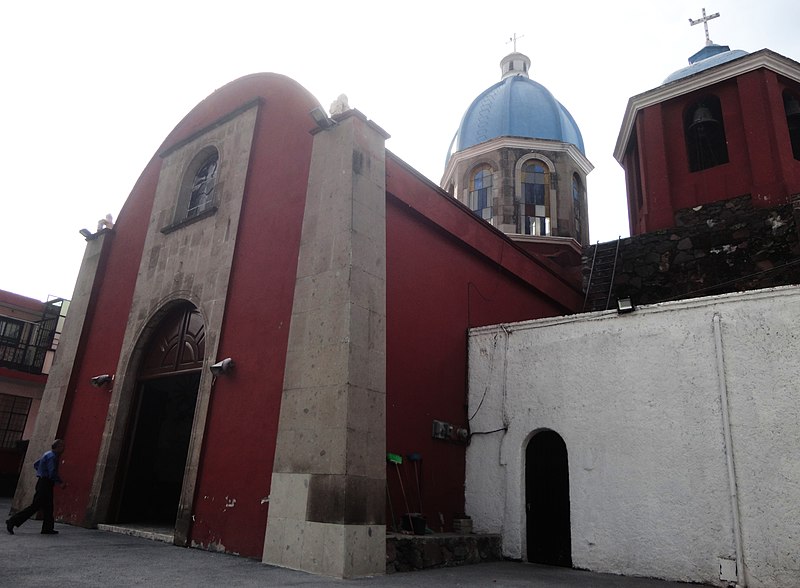
San Pedro Zacatenco is one of the least known of the original settlements of Gustavo A. Madero. And this is simply explained. “Zacatenco” has come to mean the Polytechnic Institute (IPN) campus just to the west of the original village. The town is quite ancient, and visible to the west precisely at the moment when one is returning to the City and sees the Indios Verdes transit hub below the Cerro de Zacatenco. Santa Isabel Tola is to east.
The Nahuatl word zacatl can be translated as grass, especially grass for grazing animals. Zacatenco can thus be loosely translated as “at the edge of the grass.” The town dates to 1500 BCE. It was early settled by Olmec peoples. They’re likely to have dedicated themselves to the exploitation of salt and its ancient variant, tequesquite. (It lends its name to other big production areas, most readily in Tequesquitengo in Morelos, and Tequisquiapan, in Querétaro.) When the Mexica people of Tenochtitlan came to dominate the Tepeyac area (today’s Basilica), the surrounding villages had already been involved in the widespread reverence for the goddess Tonantzin.
During the colonial period, Zacatenco was famously divided by the Aqueduct of Guadalupe. The arches can still be seen today. And although it was now well watered, it languished as a small town for most of the period.
The Church of San Pedro Apóstol is most famous for the Our Lady of the Rosary Chapel. This dates from the 19th century. The church itself is said to rest on foundations dating from very ancient times. Some estimates put the stones placement at 1000 BCE. A religious cult who developed after that time are said to have specialized in embalming the dead.
The Rosary Chapel is home to three colonial-period paintings. These include a Crucified Christ and two paintings of the Virgin of Loreto. That on the east wall depicts a procession made by Mexico City residents to the image of the Virgin of Loreto. This was an appeal for help during a measles plague in 1727. The Virgin of the Rosary, a corn-paste sculpture of good quality was widely revered for most of the town’s history.
The chapel underwent extensive renovations as an INAH project in response to damage sustained in the 2107 earthquakes. Researchers at the time pointed out that the painting of the procession likely arrived at the Zacatenco church, when the Loreto Church (today in the Historic Center) was being built in the early 19th century.
San Pedro Zacatenco is not unique, but is fortunate, in having the cemetery on the church grounds preserved. With the Cerro de Zacatenco visible from practically any corner of the town, it’s still just a 20-minute walk from Metro Indios Verdes.
 55 5586 4464
55 5586 4464
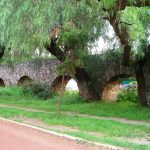
Nearest at 0.08 kms.

Nearest at 0.36 kms.
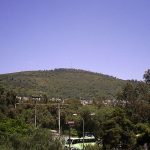
Nearest at 0.74 kms.
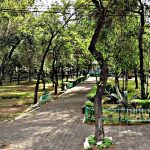
One of Mexico City's oldest continuously inhabited little towns . . .
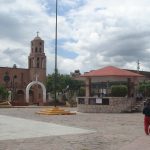
The complex history of the Pueblo San Juan de Aragón...
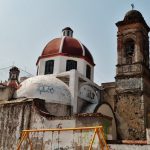
A sprawling old neighborhood on the flats at the north of the lake...

A remarkable old church atop an ancient, forgotten pyramid...
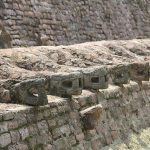
Some of the oldest ruins in the area are easy to get to. Tenayuca provides a deep look into early Mesoamerica.